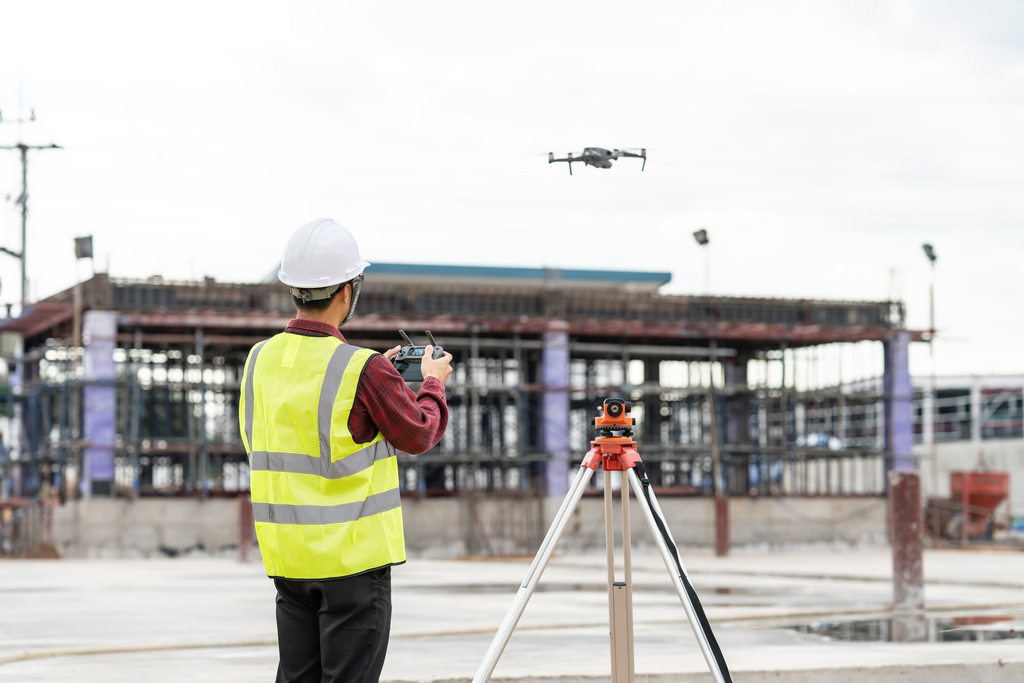Sky-High Accuracy: How Drone Surveying is Transforming Construction
In recent years, drone surveying provides emerged as a groundbreaking technology of which is reshaping typically the construction industry. Having the ability to capture high-resolution high imagery and carry out detailed land examination, drones offer some sort of new level involving precision and performance that traditional surveying methods can not fit. As construction tasks become increasingly intricate, the demand for innovative solutions to be able to improve accuracy, decrease costs, and speed up timelines has never been better.
Typically the benefits of applying drones for surveying a variety of and lengthen beyond mere ease. From enhancing files collection processes to providing clear insights for decision-making, drone technology is showing to be a game-changer regarding contractors, architects, and even project managers alike. This transformation not really only streamlines work flow but also opens up new possibilities with regard to sustainable practices in the construction sector, in the end leading to the more productive and even environmentally friendly business. As we get deeper into precisely how drone surveying will be revolutionizing construction, we will explore important applications, technological breakthroughs, and the long term landscape of this particular exciting field.
Benefits associated with Drone Surveying
Drone surveying offers numerous benefits that significantly improve the efficiency in addition to accuracy of design projects. next page involving the primary benefits is the potential to cover major areas in the portion of the period it could take applying traditional methods. Drones equipped with advanced cameras and sensors might quickly capture high resolution images and gather data over huge distances, allowing surveyors to complete their very own tasks much faster along with minimal staff members. This acceleration found in the surveying course of action not only improves productivity but also enables project duration bound timelines to be shortened, which in turn is crucial within a competitive industry.
An additional significant advantage is the high level regarding precision that drone surveying provides. Modern day drones are outfitted with cutting-edge technology that ensures accurate measurements, reducing human error often connected with manual surveying methods. This precision causes improved planning in addition to design work, seeing that stakeholders can count on accurate topographical information and site tests. Moreover, the the use of LiDAR plus photogrammetry further enhances the accuracy regarding the generated roadmaps and models, building drone surveys vital for complex assignments.
Lastly, drone surveying much more cost-effective compared to be able to traditional surveying strategies. With lower toil costs, reduced products requirements, and the ability to swiftly identify potential issues, businesses can recognize significant savings. Typically the technology not only minimizes operational charges but also allows with regard to more strategic share of resources. By simply embracing drone surveying, construction companies could improve their overall project management and decision-making processes while keeping a focus on budget and deadlines.

Impact on Construction Industry
Drone surveying is substantially transforming the development industry by enhancing precision and speeding up various processes. Through the use of sophisticated aerial technology, structure professionals can perform better accuracy in dimensions and site mapping compared to classic methods. This precision reduces the possibility of errors in the course of the planning plus execution stages, ultimately causing fewer costly holdups hindrances impediments and reworks. The opportunity to capture comprehensive info quickly allows clubs to make knowledgeable decisions and modifications on the fly, ultimately improving productivity.
Moreover, drone research facilitate real-time monitoring of construction web sites, enabling project supervisors to oversee development effectively. With the particular capability to generate detailed 3D styles and maps, construction firms can assess the terrain and web site conditions more thoroughly. This insight assists in identifying prospective challenges early within the project lifecycle, aiding teams plan far better and allocate resources efficiently. By improvement data collection and even analysis, drones support streamline project administration and communication amongst stakeholders.
Additionally, the cost effectiveness of drone surveying makes it the attractive option for building companies. The reduced labor requirements plus the accelerated schedule for data obtain can lead to be able to significant savings within project budgets. Drones also contribute to increasing safety on design sites by minimizing the need with regard to personnel to access potentially dangerous locations for surveying uses. As the business continues to adopt this technology, typically the competitive advantages offered by drone surveying will likely commute its widespread execution in construction projects of all weighing scales.
Foreseeable future Trends in Drone Surveying
The continuing future of drone surveying is scheduled to be shaped simply by advancements in artificial intelligence and equipment learning. These technologies will enable drones not to only capture data more effectively but also evaluate it in current, providing actionable information instantly. This move towards automated information processing will enhance decision-making in construction projects, allowing intended for quicker adjustments and improvements based about up-to-date information.
Additionally, like drone technology continues to evolve, we can expect improvements in battery life and payload capability. This means drones will be able to cover more substantial areas and hold heightened sensors intended for capturing high-resolution image and various environment data. Consequently, the applying drone surveying will broaden, encompassing more advanced tasks this sort of as 3D modeling and terrain research, which are vital for large-scale construction and infrastructure tasks.
One other emerging trend is usually the integration involving drones to the much wider ecosystem of design technology. With the surge of building data modeling (BIM) as well as other digital tools, drones will play the pivotal role in synchronizing various parts of project administration. By merging https://lloyd-craven.thoughtlanes.net/skys-the-limit-transforming-construction-with-drone-surveying-technology with BIM systems, stakeholders could achieve a more holistic view of projects, enhancing collaboration and efficiency in construction sites although significantly reducing the risk of problems and delays.